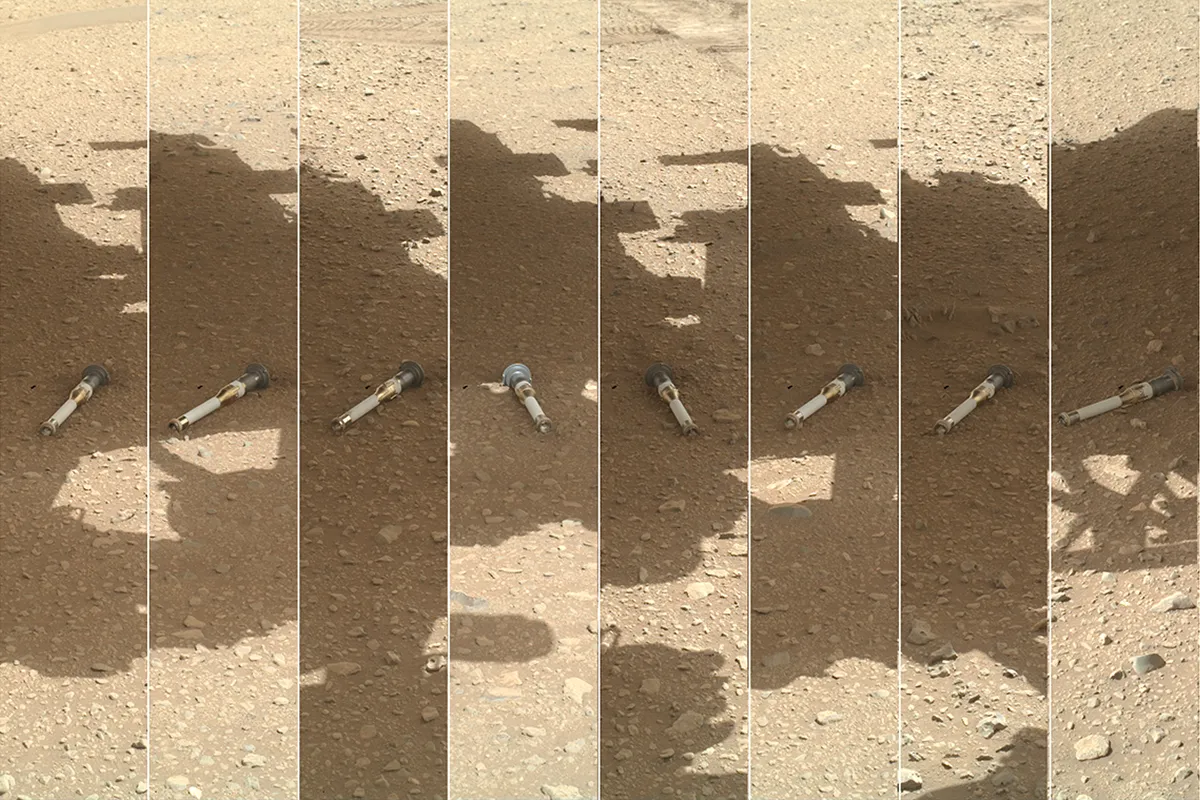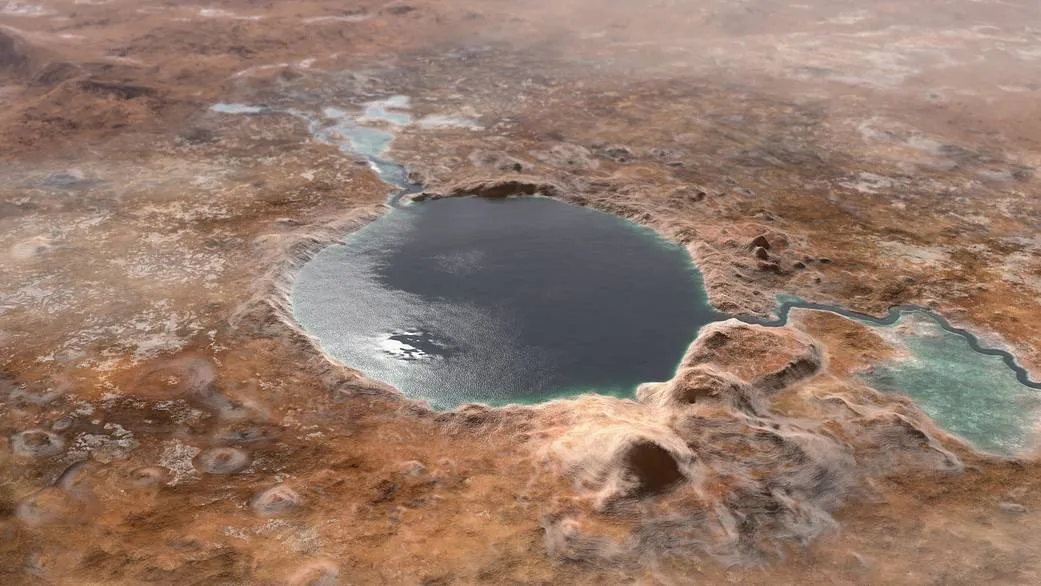The search for life beyond Earth is entering an exciting period. Traditionally, we’ve investigated our planetary neighbour Mars with landers and rovers that examine the landscape using their onboard instruments.
This ‘in-situ’ approach essentially delivers a restricted collection of instrumentation to a place where it has access to a large amount of sample material.
Now, though, the search for life on Mars is entering a time of sample return.

This inverts the traditional in-situ approach, by taking a restricted amount of sample – in the case of Mars Sample Return, about half a kilogram – and bringing it to Earth where it can be analysed by an entire world’s worth of highly specified laboratories.
Moreover, laboratory methods are constantly improving; the samples are expected to arrive in the next decade, and the 2030s should be a time of unprecedented analytical capability.
The first leg of Mars Sample Return is currently underway. The Mars 2020 mission and its Perseverance rover is collecting rock, soil and gas samples in Jezero Crater, a 45km-wide impact structure in the Nili Fossae region.
Jezero Crater was chosen as a landing site because it contains a delta or fan which we believe suggests that flowing water filled the structure to form a crater lake.

Using its suite of scientific instruments, Perseverance rover is able to identify materials in the landscape around it, looking for those which may be of interest for the scientific community.
On Earth, all known biochemistry relies on liquid water, so the presence of a lake indicates a potentially habitable environment.
It’s possible that sediments deposited in the lake could preserve signals of this past life, if it existed.
Here on Earth, sediments associated with deltas are prodigious preservers of life’s organic remains and we hope this has, at least in part, been replicated on Mars.
The rocks which may contain evidence of past life are probably very old.

Compared to Earth, the Red Planet lost its magnetic field and atmosphere relatively quickly, and without their protective and warming roles, Mars’s habitability would decrease over time.
Old rocks present some challenges because the longer materials are stored within them, the higher the likelihood that something would happen to them, causing them to degrade.
It could be that the primary signals of life, though once present, have long since been lost. For this reason, it will be more important than ever to choose the best samples to return.
If organic matter has managed to survive in the samples, astrobiologists will be able to begin a forensic analysis on them that they could never do with Perseverance’s limited suite of instruments.

Analytical instruments such as mass spectrometers – which can pick out a vast array of elements and chemicals – can interrogate these samples, looking for evidence of past life.
Terrestrial life uses specific organic compounds which allow its biochemistry to operate.
If such compounds are well-preserved, they would provide a detailed architecture of life’s organic remains that’s distinguishable from any non-biological counterparts.
Hopefully, we’ll be able to obtain a great amount of interpretative detail and reveal organic markers of life that will tell us both about the parent organism and the environment in which it lived.
With ongoing activities on Mars and the prospect of sample return, there are intense preparations being made back on Earth.
Researchers are being trained and techniques are being optimised. When the Mars samples are brought back, the terrestrial scientific community will be ready and waiting.
This article originally appeared in the May 2023 issue of BBC Sky at Night Magazine.
